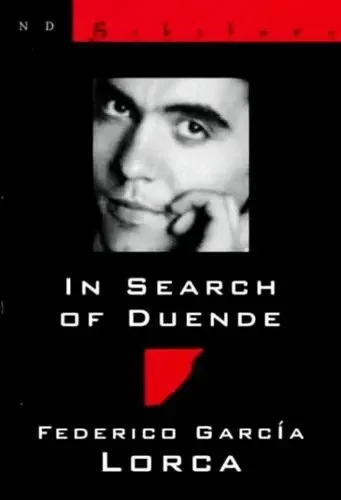Fine tuning your instrument
Thoughts from the Director’s Desk:
Never stop fine-tuning your body
You might think that once you have good technique, that’s it, you’re set. Just keep it up. But actually, there is no end to the fine tuning. And those little misalignments, or little pains, are actually trying to tell you to strengthen or stretch or just simply be more aware.
I learned about alignment and stretching and strength the hard way - through a stress fracture in my back. For six months I wore a back brace and couldn’t dance. Afterwards, as I gradually rebuilt my strength, I started to notice small discrepancies in my alignment that had exacerbated the injury. The big causes were a lack of stretching my hamstrings and a weak core. But the little things were that I slightly shifted my ribs to the side when I twisted my back - unnecessarily torking the lower back. No one had ever corrected me for that.
Working in the studio. PC: Joshua M, Lawhorn
As I worked slowly in the studio, these little discrepancies started to become more and more apparent. These weren’t things the physical therapist I was working with would ever have noticed. Only in slow movements through basic technique exercises did I realize what was going on. I don’t think even the best teachers would have noticed. So much of our work as dancers is our own work - no one else can be aware of how our body feels from the inside and how that relates to the shapes and movements on the outside.
Recently, while stretching my legs, I noticed that my right inner thigh is tighter than my left. And then I noticed it’s weaker. And then I noticed because of that, I roll slightly to the outside of my right foot and wasn’t using the full strength of my inner arch. As I stretched and strengthened my leg, I would also walk and dance with more awareness - revamping the coordination with the gained strength and flexibility. I didn’t think it would make much of a difference other than helping relieve the occasional outer right hip pain.
Then, teaching class the other day, showing a step, the sudden clarity in the sound of my right foot surprised me. I think I had pretty clear and strong footwork before this, from years of fine-tuning. But wow, I could hear a difference even on a muffled marley floor! I hadn’t expected that - I had to pause and share this story with my students - hopefully as inspiration that there’s always more room to fine tune and improve. We are never stuck where we are, unless we choose to be.
As one progresses in flamenco (or any dance), these tune-ups do become more and more subtle and more and more internal. The process is the same, whether you’re a beginner or advanced. It starts with kinesthetic awareness - knowing where your body is in space. For beginners it tends to be big things like an arm that drifts behind the body or away from the hip. Elbows that drop or feet that are too turned out or in. It’s easy for a teacher to correct that. Once you get more advanced, much of the fine tuning doesn’t change much on the outside, but it does impact the strength of a shape or sound, the feeling inside the dancer. And yet, both big and small corrections go back to the same thing - being aware of our bodies. Corrections have to become cues for dancers to be aware of the internal structures shaping the movements.
My understanding of bata technique comes from Yolanda Heredia, who very much dances from the inside out. PC: Ken Blaze courtesy Dance Showcase
I remember my first flamenco teacher, Benigna Sánchez, told us to go watch a class at the University of New Mexico taught by guest teacher Yolanda Heredia. She said we had to see this woman move - it was as if she controlled every cell in her body - all the way to the tips of her hair! I did get to see the class, and I appreciated her precision in that moment (I couldn’t have been older than 13). Now, I understand that precision - it comes with years and years of fine tuning, of mindful movement. I eventually got to study bata de cola (the dress with the train) with Yolanda in Spain, and learned that her hyper-awareness had also come from serious injury. Her cues for moving weren’t about lifting a limb or working from the extremities. Rather, she emphasized moving from deep inside the pelvis - an acute awareness from the depths of our body outwards.
And isn’t this also where duende comes from - that ephemeral transcendent state we strive for? Lorca uses the image of the “marrow of forms” to describe duende. Imagine if we could dance from our marrow - the deepest layer of our bones - to truly dance from the inside out.



